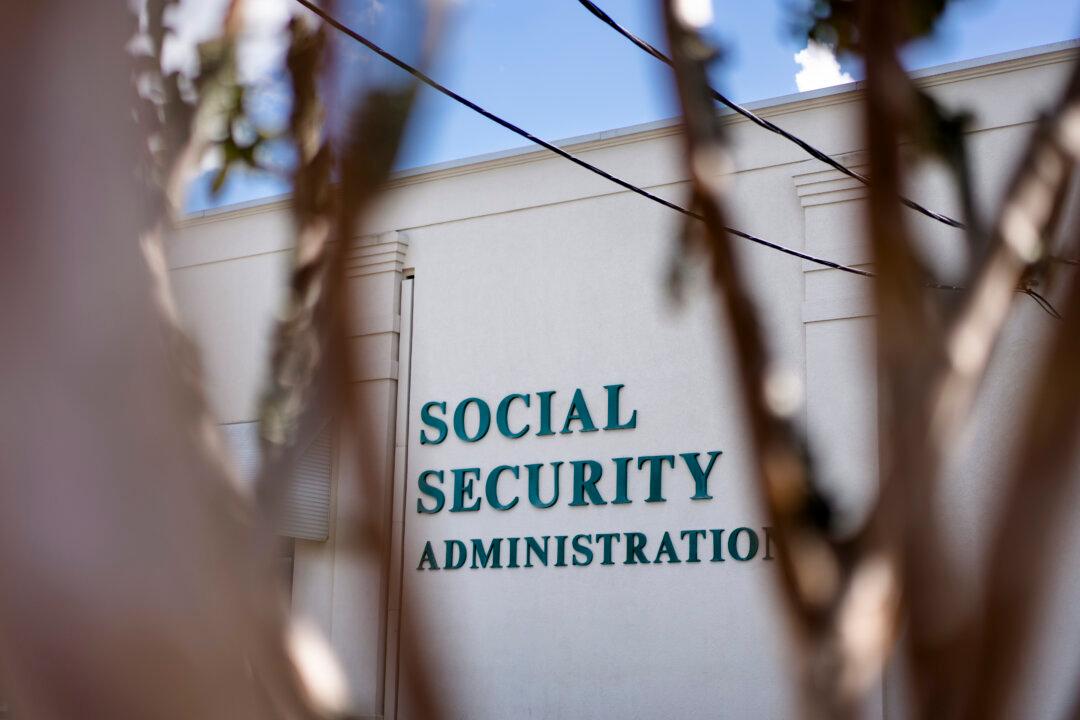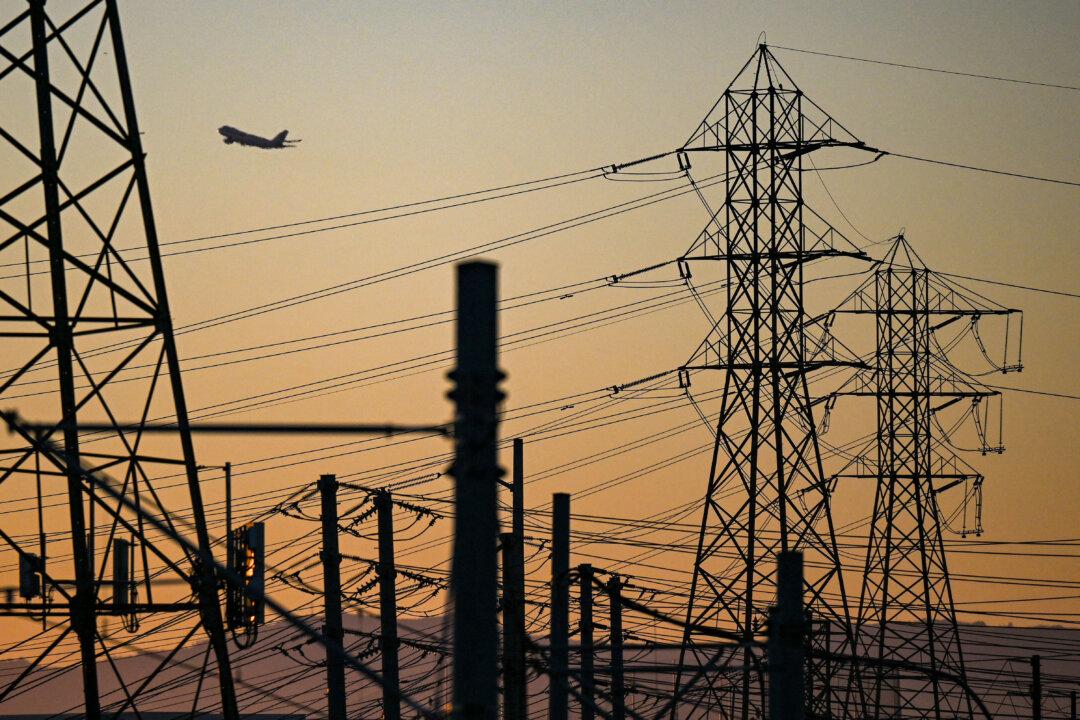Insurance rates for homes nationwide have surged by 38 percent since 2019.
“In the largest metro areas, insurance costs range from $1,200 to $4,000 annually for the typical homeowner and comprise about 2 percent of household income. The typical annual insurance premium has increased by $500 since 2019,” Zillow said.
However, “there are large differences in major markets across the country. In Boston, premiums have increased by only 14 percent since 2019, adding an additional $267 to the annual cost of homeownership, whereas in Miami, insurance premiums rose by 57 percent during that time, an increase of $1,478.”
Premiums were found to be rising fastest in locations with “relatively higher climate risk.”
Miami saw the highest growth in premiums since 2019, followed by Sacramento, Jacksonville, Florida, and Richmond. All five regions face the risk of extreme weather. Miami, Florida, Jacksonville, and Richmond are at risk of extreme wind, while Sacramento faces a major risk of wildfire.
Zillow predicts housing affordability in certain markets to be affected more by rising insurance costs than in other markets.
“For instance, if insurance were to rise by 30 percent in New Orleans, where 84 percent of homes face major flood risk and virtually all homes face major risk from extreme wind, the number of affordable listings would drop by more than 12 percent,” it said.
“And in Oklahoma City, where 25 percent of homes face major wildfire risk, a 30 percent increase in insurance premiums would cause the number of affordable listings to fall by almost 11 percent.”
At a nationwide level, the picture is not alarming. Even if premiums were to jump by 30 percent, the stock of listed affordable homes nationwide would drop only by roughly 1 percent, the company said.
Between 2018 and 2022, households in the 20 percent of ZIP codes where buildings were expected to suffer the highest annual losses due to weather-related events paid a premium of $2,321 on average, it said.
This was 82 percent higher than households in the 20 percent of ZIP codes where buildings faced the lowest risk of weather-related damage, according to the report.
Impact on Housing
Rising home insurance costs pose a threat to the housing market. They raise monthly homeownership expenses, which can persuade prospective buyers to defer purchases.They also affect real estate developers, especially those building affordable housing. Insurance is needed during construction as well as for property management. The overall increases could discourage developers from investing in these initiatives.
New Mexico has the highest share of homes without insurance, followed by West Virginia and Mississippi.
“We were very surprised by those numbers. That’s a lot of people without insurance and much higher than we expected,” Rob Bhatt, home insurance expert at LendingTree, told The Epoch Times.
“While insurance has become very expensive and even more difficult to get in some locations, this is putting people just one disaster away from losing everything,” he said. “For some, it’s become a choice between keeping the lights on and feeding the family or paying the insurance bill. That’s a tough decision.”







